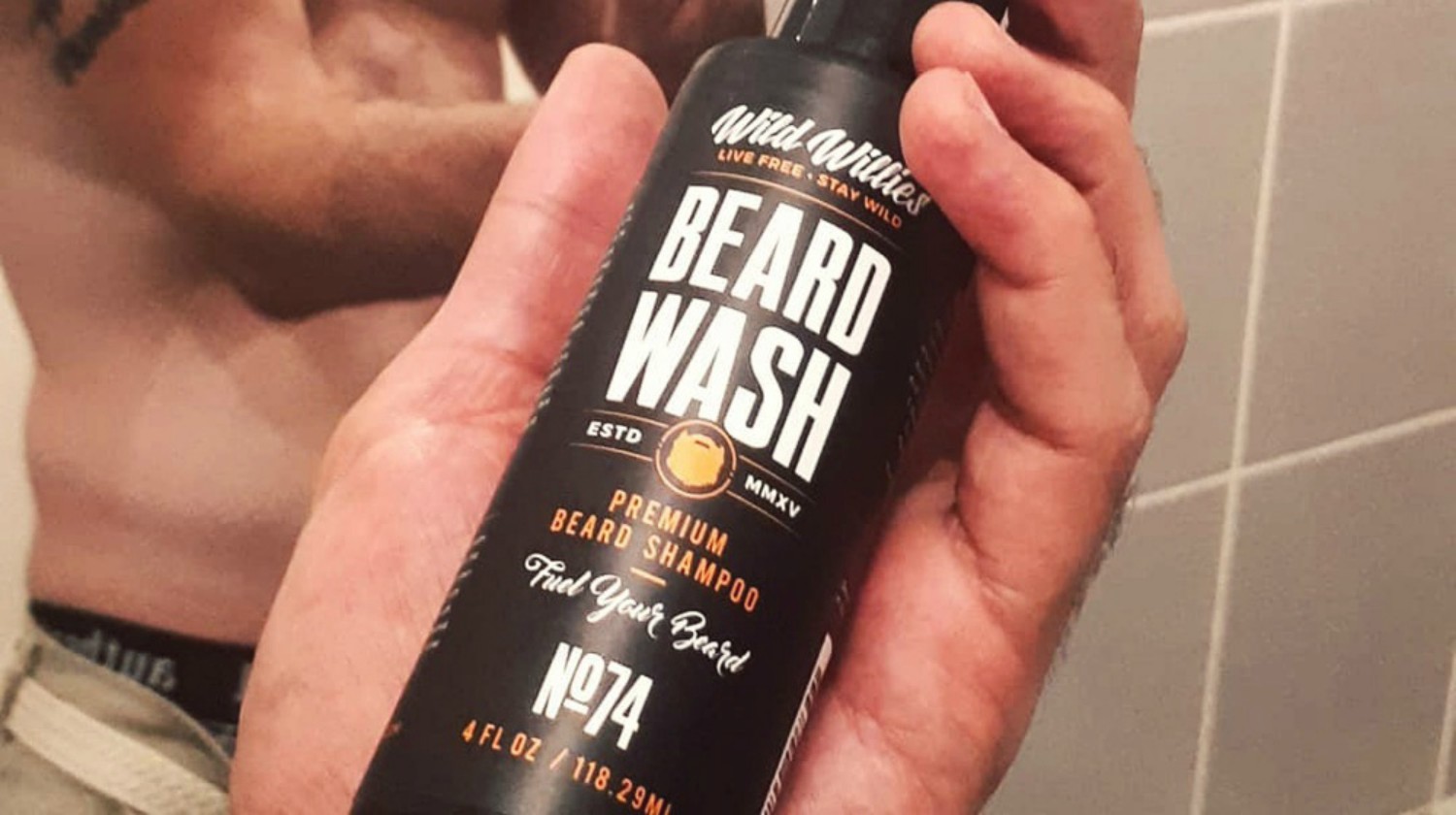Do It Yourself
Best Foods for Prepping: How to Put Together Your Prepper’s Pantry

If you’ve been in a grocery or warehouse store recently, certain shelves are noticeably empty.
People rushed to load up on fresh foods like dairy products, and foods with long shelf lives like canned foods. Bread and pasta are hard to come by, as well as snacks, bottled water, peanut butter, and kid favorites like chicken nuggets.
As the days go by and shelves are not restocked at a pace that meets demand, what should you be stocking up on? If conditions persist or worsen, there are foods to stockpile that have long shelf lives, provide basic nutrition, and will provide flavor to please your palette. After all, who wants to be quarantined with nothing worth eating?
If you are having trouble finding items in your local stores, or are social distancing, try Amazon and Walmart.com as you build your pantry.
RELATED: How to Make Commercial Grade Hand Sanitizer
The Must-Haves
1. Water
Stock up on water or secure a water supply if you haven’t already. Many recipes require some amount of water, especially when you’re consuming dehydrated foods.
So in addition to your 1 gallon per person per day, you’ll need additional water on hand for cooking. At this time, you do NOT need to be purchasing bottled water!
Fill your own containers with filtered water. Try to use glass or stainless steel containers if possible.
2. Dried Beans and Rice
Beans and rice on its own is a meal that will fill you up and provide a healthy source of protein. Canned beans will also work, but have a shorter shelf life.
When choosing rice, white rice has the shortest cooking time, but any rice that is readily available will work.
3. Canned and Dried Meats
Jump on the jerky! Unless you are vegan or vegetarian, you will want to stock up on meats for protein. These will help to fill you up and sustain you long-term.
4. Canned Liquids
Don’t just focus on solid foods; canned liquids are great tools.
Chicken and beef stock can be used as alternatives to water in cooking; juices provide hydration and vitamins so you can preserve your water supply; evaporated and condensed milk provide calcium.
5. Flax & Flour
Eggs are a very popular item right now due to their long life in refrigeration, and they’re becoming scarce in stores. But vegans know that you can easily make flax eggs that replace eggs in recipes.
One Flax Egg:
- 1 tbsp. Flax meal
- 2 ½ tbsp. Water
Stock up on flour and yeast at this time too. It will come in handy later for baking, which provides comforting and filling foods. Don’t expect stores to be re-stocked anytime soon; plan to make your own breads in the near future.
To make a super simple homemade bread all you need on-hand is:
- 1 package (1/4 ounce) active dry yeast
- 2-1/4 cups warm water (110° to 115°)
- 3 tablespoons sugar plus 1/2 teaspoon sugar
- 1 tablespoon salt
- 2 tablespoons canola oil
- 6-1/4 to 6-3/4 cups bread flour
6. Canned and Freeze-Dried Fruits & Vegetables, including Soup
Your diet would not be complete without fruits and vegetables, but fresh produce won’t last long.
Freeze-dried options have an even longer shelf life than canned, so keep this in mind when shopping.
RELATED: How to Make Commercial Grade Hand Sanitizer
Secondary Choices
So you’ve gathered the basics, but you’re missing some of your favorites.
Secondary options are items that bring enjoyment to your diet, while still providing value: like coffee and tea helping with alertness, and raw honey sweetening your food while building your immunities.
In this category, you should consider items like:
- Coffee & Tea
- Raw Honey or Glass-Bottled Real Maple Syrup
- Cereals
- Pasta
- Protein Bars
- Nut butters: Powdered or Traditional
- Oils for cooking. Extra Virgin Olive Oil and Peanut Oil have the longest shelf lives
- Oats and Oatmeal
- Cornmeal
- Apple Cider Vinegar
- Salt & Pepper
- Spices
Third Tier
Now that you’ve stocked your pantry with all of the most important goods to get by, show yourself a little grace. Pick up items that bring you joy, like chocolate and condiments.
As you adjust to a Prepper’s diet, the early days of ketchup, soy sauce, and jellies will help a lot.
We realize that prepping after emergency conditions have already been declared is a tall order; Preppers know that the time to prepare is before desperate times, not during. But if you get creative and realize you have some work ahead of you, you can still put together an effective pantry. Good luck!
Up Next:
-

 Do It Yourself7 months ago
Do It Yourself7 months agoParacord Projects | 36 Cool Paracord Ideas For Your Paracord Survival Projects
-

 Do It Yourself9 months ago
Do It Yourself9 months agoHow To Make Paracord Survival Bracelets | DIY Survival Prepping
-

 Do It Yourself9 months ago
Do It Yourself9 months ago21 Home Remedies For Toothache Pain Relief
-

 Do It Yourself10 months ago
Do It Yourself10 months agoSurvival DIY: How To Melt Aluminum Cans For Casting
-

 Exports8 months ago
Exports8 months agoAre Switchblades Legal? Knife Laws By State








Pingback: Here’s How To Build A Two-Week Emergency Food Supply – The Self-Sufficient Life
Pingback: Here’s How To Build A Two-Week Emergency Food Supply – SurvivalHood
Pingback: Here’s How To Build A Two-Week Emergency Food Supply – surviveurself
Pingback: Here’s How To Build A Two-Week Emergency Food Supply - Cooking in Quarantine
Pingback: Here’s How To Build A Two-Week Emergency Food Supply – Alive After USA Fall
Pingback: Here’s How To Build A Two-Week Emergency Food Supply – Bulletproof Survivors
Pingback: Here’s How To Build A Two-Week Emergency Food Supply – Sprent Brass
Pingback: Here’s How To Build A Two-Week Emergency Food Supply | Best Go Bag
Pingback: How to Make Yeast | 4 Easy Way to Make Yeast from Scratch – The Self-Sufficient Life
Pingback: How to Make Yeast | 4 Easy Way to Make Yeast from Scratch – Alive After USA Fall